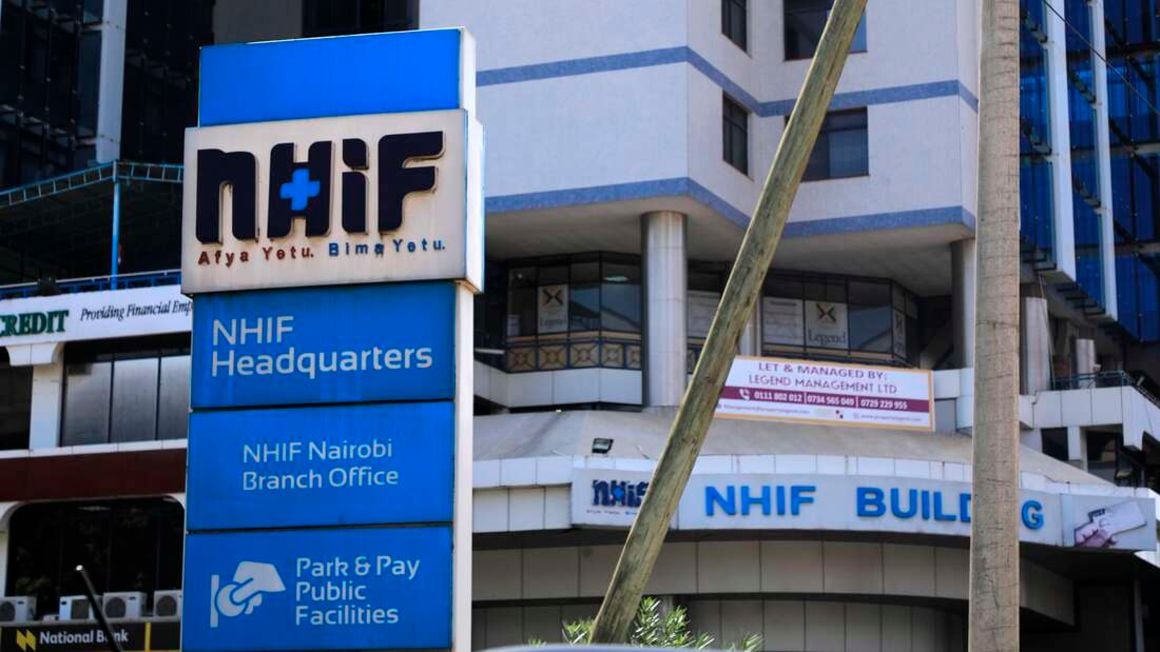Merits and demerits of the new Social Health Insurance scheme




The Social Health Insurance Bill (SHI) outlines the plan to reform Kenya’s health financing. The Bill seeks to fix the problems that have plagued the National Health Insurance Fund (NHIF) and expand health insurance coverage.
Unfortunately, while some proposals can potentially increase financial access to healthcare, others are likely ineffectual, if not destructive.
Let us start with the beneficial aspects of the Bill. The plan to allocate resources to cover emergency and chronic care could bring much-needed relief
It will also improve access to emergency care, avoiding situations where accident victims without the means to pay are either turned away from hospitals or hospitals are forced to bear costs without proper compensation.
Another positive proposal is the allocation of resources to primary healthcare (PHC). This is a significant break from the hitherto hospital-centric NHIF that has privileged expensive tertiary and secondary care.
PHC is capable of meeting up to 90 percent of the population’s health needs. It is cost-effective, with a return on investment of up to Sh16 for every Sh1 spent. PHC is also more equitable, reaching more people, especially the poor.
Another excellent aspect of the bill is the proposal to limit administrative costs to five percent of the health insurer’s expenditures. While the NHIF has cut administrative costs down from about 50 percent over a decade ago to less than 15 percent, imposing a cap will ensure that these efficiency gains are sustainable.
However, the proposed law is handicapped by various ill-informed recommendations, conspicuous omissions, or obscurity.
It is unclear whether the newly introduced funds — the PHC fund and the emergency and chronic care fund —will benefit all Kenyans or only those who pay into the SHI scheme.
If the latter is true, these arrangements will exacerbate inequities, with government financing benefiting the non-poor, given that participation in SHI in Kenya is heavily skewed toward the rich.
It is also unclear how the proposed SHI scheme will be financed. The bill indicates that some financing will come from government revenue allocations, which is a good idea.
However, the reforms are anchored in the fundamental assumption that financing will be obtained primarily through premium contributions, which is not a good idea.
It contradicts worldwide evidence and the country’s nearly 60 years of NHIF experience that shows that premium payments are unreliable for healthcare resource mobilisation in a country with substantial poverty (40 percent) and informal labour markets (80 percent).
Relying on voluntary premium contributions and basing entitlement on contributions excludes many who are unable to pay, entrenches inequalities, mobilises minimal revenues, achieves low population coverage, and incentivises adverse selection.
The plan to address this issue by making participation in the SHI mandatory is impractical because it is problematic to enforce.
While the proposal to provide health insurance subsidies for the poor might address some of the anticipated inequities, the plan to employ means-testing to identify the poor will face globally documented challenges that will likely attenuate any potential benefit. Administering means testing is costly.
This money would be better spent on healthcare. It is also error-prone, with some undeserving individuals being classified as poor, while some deserving poor are excluded.
Proposals for collecting revenue from the informal sector are mainly impractical. The notion that means-testing might be used to estimate income levels of informal workers to inform premium determination is unworkable for the reasons previously described.
The proposal that informal sector premium contributions be made annually rather than monthly as they are now will impose a great financial strain on Kenyans, causing attrition of existing NHIF enrolees while discouraging new membership.
Another area where the bill falls short is in specifying a process for defining healthcare benefits covered by the SHI scheme. The lack of a systematic, evidence-based approach for designing an affordable and cost-effective benefits package has been a major weakness of the NHIF.
As a result, the benefit package has become unsustainable, promising a lot on paper but delivering considerably less in practice.
The bill provides an excellent — but hitherto missed — opportunity to enact a systematic and evidence-based procedure for benefits package development.
Finally, the bill’s proposal to outsource claims handling to third parties risks introducing inefficiencies and perverse incentives. Third-party claims management businesses will levy a fee, raising administrative costs unnecessarily.
The fee will likely be a percentage of the volume and value of processed claims, which will incentivise them to maximise both.
Since commercial health insurers compete in the same market as the NHIF, using them as third-party claims-handling agencies creates a conflict of interest.
In sum, the Government’s goal of extending coverage to all Kenyans is a laudable one. But the specific arrangements proposed in the SHI bill warrant a rethink.
Recent Posts
Ministry force boarding schools to accommodate day scholars from 2026
Boarding secondary schools across the country will be required to admit day scholars starting January…
TSC lays bare cost of teachers required in JSS and high schools
The Teachers Service Commission (TSC) needs Sh70 billion to recruit 98,461 teachers for both junior…
TSC advert for replacement of teachers May 2025
EACHERS SERVICE COMMISSION REPLACEMENT OF TEACHERS WHO EXITED SERVICE IN PUBLIC PRIMARY, JUNIOR AND…
Knec circular on 2025 CBA projects and practicals
THE KENYA NATIONAL EXAMINATIONS COUNCIL REF: KNEC/GEN/TD/CIR/CBA/2025/002 15th April 2025 To: All (i) Sub County…
TSC re-advertises promotion slots ask teachers to apply by 21st April
TEACHERS SERVICE COMMISSION RE-ADVERTISEMENT VACANCIES FOR SENIOR PRINCIPAL AND SENIOR LECTURER- TEACHER TRAINING COLLEGE…
TSC lists 98,281 teacher shortage in junior and senior schools
The education sector could be headed towards a catastrophe following revelations by the Teachers Service…




